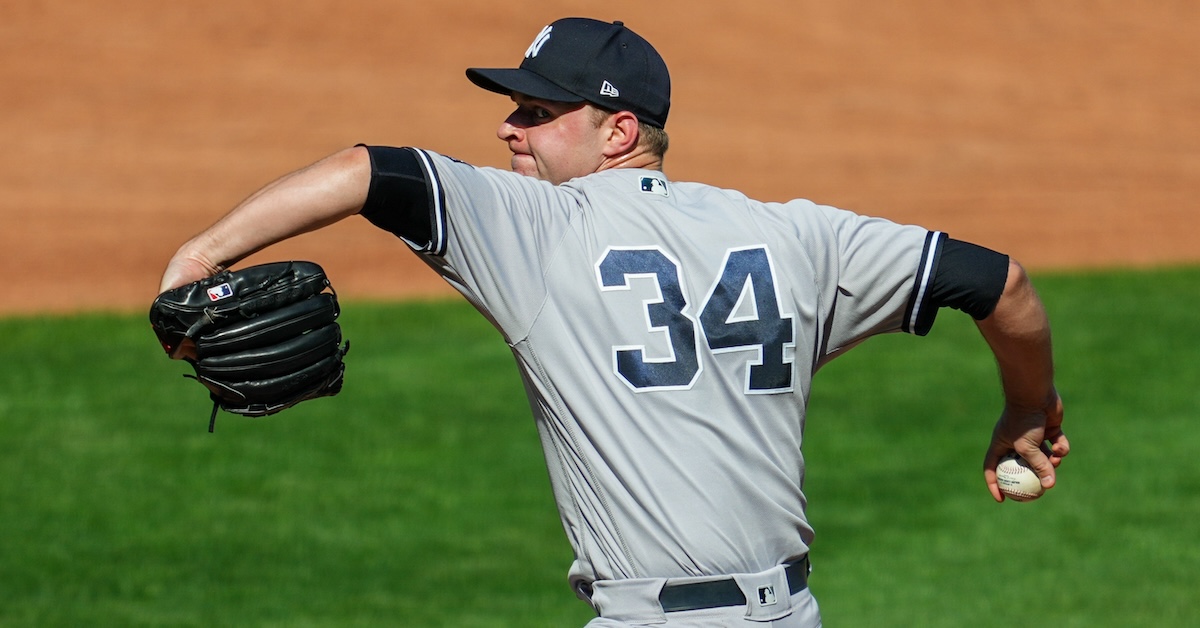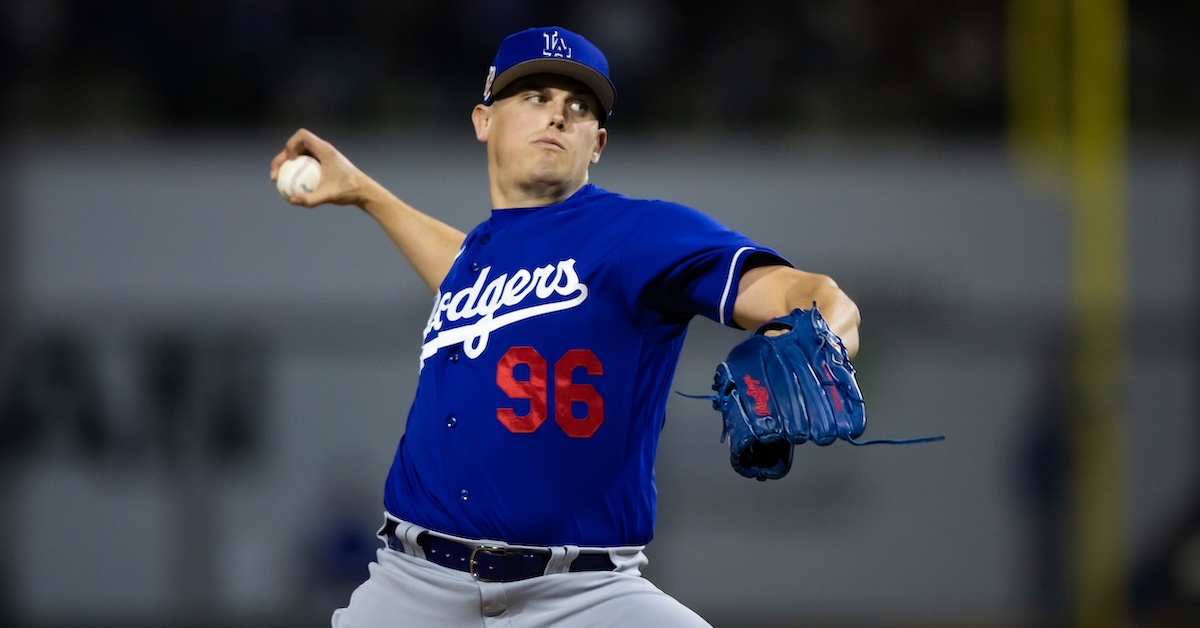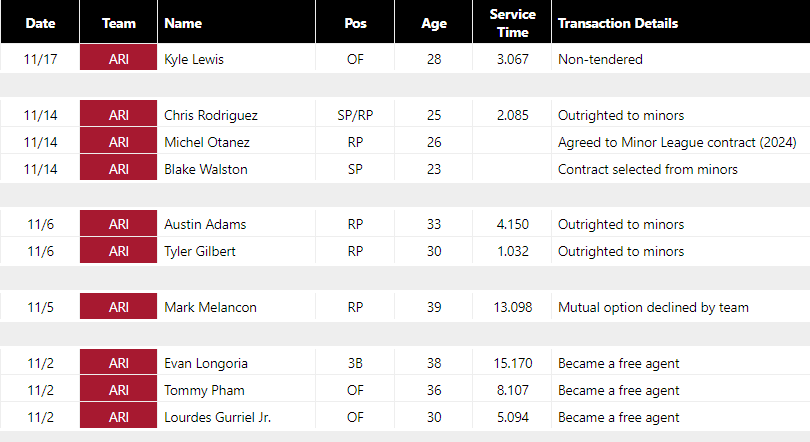On San Diego’s Juan Soto Trade Return and Next Steps

Shouldered with the needle-threading task of simultaneously cutting payroll and rebuilding a pitching staff thinned out by the departure of several key free agents, the Padres traded superstar Juan Soto and Gold Glove-caliber center fielder Trent Grisham to the Yankees on Wednesday in exchange for three big league arms — righties Michael King, Randy Vásquez, and Jhony Brito — as well as a fourth who is nearly ready for primetime in prospect Drew Thorpe and backup catcher Kyle Higashioka. Ben Clemens did a full analysis on the impact that the 25-year-old Soto, one of baseball’s best hitters, will have on the Yankees. I’m going to dive deeper into the arms headed to the Gaslamp District and talk about how the Padres might go about finishing their offseason to-do list.
Most readers are probably aware that a mandate to shed payroll was a driving factor for this trade from San Diego’s perspective. The club’s sudden shift in financial direction occurred in the wake of the death of owner Peter Seidler. The trade also addresses a large portion of the Padres on-field baseball needs, though it also creates massive new holes in their lineup and defensive alignment where Soto and Grisham used to be. The Friars will need to fill or upgrade at least two or three spots of their currently-projected lineup if they want to compete with the defending NL champion Diamondbacks and reigning division-winning Dodgers in 2024, and they probably also need another starting pitcher or two to round out their rotation. Shedding Soto’s salary likely created some space to do so, but given the Padres’ financial constraints, perhaps not enough to solve all of these problems via free agency. There may be internal candidates, especially on the position player side, who can contribute at the league minimum salary in 2024; I’ll get to those prospects later.
Let’s start with who came back to San Diego and how they fit into an overhauled pitching staff. Prior to the trade, our Padres rotation projection looked rough. Joe Musgrove and Yu Darvish were fortified by 27-year-old knuckleballer Matt Waldron, and walk-prone MLB virgin Jay Groome. The free-agent departures of Nick Martinez, Seth Lugo, Michael Wacha, and reigning Cy Young winner Blake Snell, who pitched a combined 570 innings in 2023, left the Padres in dire need of impact and depth to have a functional and competitive pitching staff in 2024. Even if one believes (as I do) that prospect Jairo Iriarte is talented enough to make a meaningful near-term impact, the Padres still badly needed to add several pitchers to their big league staff. This trade gets them most of the way there, as all four of the pitchers acquired for Soto could reasonably be expected to pitch in the big leagues next season. Read the rest of this entry »









